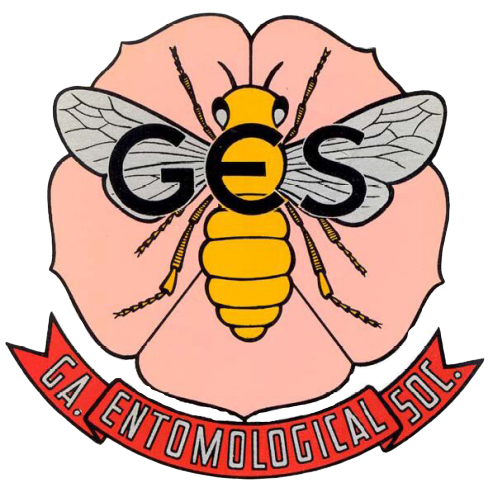NECTARIED AND NECTARILESS COTTON CULTIVARS AS NECTAR SOURCES FOR THE ADULT SOYBEAN LOOPER1
Moths of the soybean looper (SBL), Pseudoplusia includens (Walker), were released into 1.8 × 3.7 m field cages (10 male:female moth pairs/cage) containing nectaried (floral and extrafloral nectaries) or nectariless (no extrafloral nectaries) cotton cultivars. Cages containing moths were left undisturbed for 7 days, at the end of which time, plants within cages were sampled for SBL eggs. In three separate tests conducted in 1982, 1983, and 1984, moths oviposited significantly more eggs/plant in caged nectaried cotton than in caged nectariless cotton. High larval SBL populations in cotton-soybean agroecosystems are attributed to SBL moth utilization of cotton nectars to increase fertility and fecundity prior to oviposition in nearby soybean fields. Thus, use of nectariless cotton cultivars may reduce SBL pest populations on soybean by decreasing the amount of cotton nectar available.
Contributor Notes
1 Lepidoptera: Noctuidae.
2 Dept. of Entomology, Ga. Coastal Plain Exp. Sta., Tifton, GA 31793.
3 Dept. of Agronomy, Ga. Coastal Plain Exp. Sta., Tifton, GA 31793.
